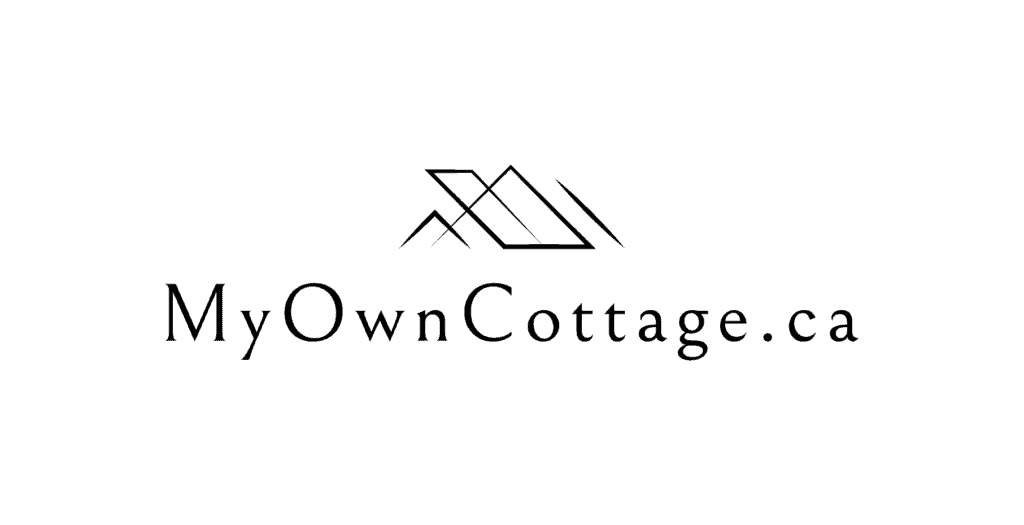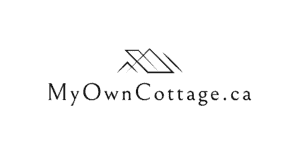How Long Do Prefab Cottages Last in Ontario?
How long do prefab cottages last in Ontario?
Discover how modern Ontario prefab homes are engineered for long-term durability—backed by building codes and real case studies.
How Long Do Prefab Cottages Last in Ontario?
Prefab cottages in Ontario typically last 50 to 100 years when built to Ontario Building Code standards and certified under CSA A277, matching the durability of traditional homes.
Their factory-controlled construction often results in fewer structural issues and longer-lasting materials.
A lingering myth in Ontario’s cottage real estate world is that prefab cottages are “temporary” — not made to last like traditional homes.
But that’s a misconception rooted in outdated notions of prefab construction.
The Truth About Lifespan & Long-Term Value
Today’s prefab cottages in Ontario rival — and in many ways outperform — stick-built homes in longevity, energy efficiency, and structural resilience.
Let’s break down what really determines the lifespan of a prefab, based on building codes, expert perspectives, and real-world case studies from across Ontario.
Do Prefab Cottages Really Last as Long as Traditional Homes?
The average lifespan of a prefab cottage in Ontario is 50–100 years — identical to traditional construction — provided it’s built to code and maintained properly.
Prefab homes are not “trailers” or “mobile homes.”
Rather, they’re modular homes or panelized buildings, engineered in controlled environments and assembled on-site with high structural precision.
Why Prefabs Last Longer Than Many Think:
No weather exposure during construction — framing stays dry and square
Factory-controlled environment prevents material warping and waste
Fewer construction delays, reducing the risk of rushed work
Advanced floor plans and building techniques that emphasize long-term durability
“We see properly maintained prefab homes last 60+ years easily,” says Mark Caron, a third-generation Ontario cottage builder. “In some cases, they outlast stick builds due to the consistent quality control during the construction process.”
👉 More misconceptions debunked in Prefab Cottage Myths in Ontario—Debunked by Experts.
What Building Codes Say About Prefab Longevity in Ontario
In Ontario, prefab cottages are governed by the Ontario Building Code (OBC) and, in most cases, must meet CSA-A277 certification.
This CSA standard mandates that modular homes meet the same fire, structural, plumbing, and electrical safety codes as site-built homes.
Key code requirements include:
Wind and snow load resistance (especially relevant for Northern Ontario)
High-performance insulation (R-values must meet or exceed local standards)
Fire-resistant materials around entry doors, mechanicals, and living areas
If you’re choosing a cottage builder or evaluating models, always request:
A warranty document
CSA-A277 or OBC inspection records
Energy reports if labeled a passive house or energy-efficient prefab home
What Builders and Engineers Say About Long-Term Performance
To bring clarity to the prefab conversation, we gathered this from Andrew Bellamy, P.Eng., a civil engineer and structural consultant for remote builds in the Muskoka and Kawartha Lakes regions.
“Prefab cottages that are designed for Ontario’s winter loads and placed on the right foundation — frost-protected slabs or piers — are structurally equivalent to traditional homes,” Andrew explains. “If anything, the tolerances in prefab construction are tighter.”
He adds that many custom homes he’s inspected had inferior joinery compared to prefab counterparts.
🔎 Planning to build? Ask your contractor about:
Shear wall design
Protection against moisture intrusion
Siding and roof systems designed for Ontario weather conditions
10+ Year Old Prefab Cottages That Still Look Brand New
One standout example comes from a 2012 My Own Cottage model perched on a granite bluff in Muskoka.
Now 12 years old, the structure shows almost no signs of wear:
🏡 Highlights:
Steel roof with zero rust or hail damage
No drywall cracking or frame shifting
Original high-performance windows still delivering excellent energy efficiency
Zero mold or mildew despite lakeside humidity
The owners upgraded to engineered siding, sealed eavestroughs, and an energy-efficient HVAC system that requires minimal maintenance.
Customer Quote
“The best part? The entire process was smooth. We didn’t deal with weather delays or missing materials. It’s the most stress-free construction we’ve done,” says owner Sharon K., who uses the property as both a home office and a vacation home.
📎 Concerned about resale? Read our comprehensive guide: Do Prefab Cottages Hold Their Value in Ontario?
Want a Cottage That Lasts? Smart Material & Design
The secret to prefab longevity?
Choosing the right materials and finishes from the start.
Here are the top recommendations from seasoned Ontario prefab specialists:
🔨 Top Materials for Long-Term Value
Standing seam metal roofing: 40+ year lifespan
Fibre-cement or premium vinyl siding: Resists rot, insects, and UV damage
Closed-cell spray foam insulation: Air-seals and moisture-proofs
Thermally broken, triple-glazed windows: Essential for passive designs
Durable flooring: Consider engineered hardwood or luxury vinyl planks
🧩 Bonus Tips For Maximizing Value:
Design for natural light and passive solar gain
Include covered outdoor space to protect entry doors and siding
Choose floor plans that allow future flexibility: add a guest house, convert a room to a home office, etc.
“Smart design leads to fewer regrets and fewer renovations,” says prefab advisor Clara M. “If you’re building your dream home, think 30 years ahead.”
💬 Ready to plan? Schedule a talk with a prefab consultant about materials, warranties, and potential cost savings through modular builds.
Final Word: Prefab Cottages Are Built to Endure
Ontario’s prefab cottage market has come a long way.
Today’s modular and custom prefab homes offer:
Long-lasting materials
Precision-controlled construction techniques
Custom floor plans tailored to your lifestyle
When done right, a prefab is not just the perfect solution for a quick build — it’s a high-quality product that offers peace of mind for decades to come.
🏡 Ready to Build a Cottage That Lasts? Trust Proven Experience.
At My Own Cottage, we don’t just sell prefab cottages in Ontario — we help Canadians design long-lasting homes rooted in structural integrity, personal style, and code-compliant construction.
Backed by Ontario Building Code compliance, engineered materials, and a team of seasoned builders who understand our province’s climate, we ensure every project delivers quality, longevity, and peace of mind.
Get started today with a free consultation or simply call us to start planning your new dream home!
🧑💼 Request a Free Consultation
📲 Call Us Directly: (705) 345-9337
✅ Ontario-Built | ⚡ Energy-Efficient | 🏡 Fully Customizable | 🚚 Fast Delivery
Alternatively, for your convenience, you can also simply fill out the contact form below and we’ll get back to you soon! 👇
❓ FAQ: How Long Do Prefab Cottages Last in Ontario?
How long do prefab cottages last in Ontario?
Prefab cottages in Ontario last 50 to 100 years, matching traditional homes when built to Ontario Building Code and certified under CSA A277 standards.
How much does it cost to build a prefab cottage in Ontario?
Building a prefab cottage in Ontario typically costs $250 to $375 per square foot, with most finished homes ranging from $250,000 to $600,000, excluding land and site work.
What are the disadvantages of prefabricated homes?
Disadvantages of prefab homes include zoning limitations, transportation costs, and limited customization in lower-cost models — though many of these can be avoided with a trusted Ontario builder.
Are prefab homes legal in Ontario?
Yes, prefab homes are legal in Ontario and must comply with the Ontario Building Code and often carry CSA A277 certification for modular construction.
What is the life expectancy of a prefabricated building?
A well-maintained prefabricated building can last 50 to 100 years, especially when constructed with high-quality materials and protected from extreme weather.
What does the AI overview say about modular homes?
Modular homes are factory-built structures assembled on-site, offering faster construction, cost savings, and code-compliant durability. In Ontario, they are regulated under the Ontario Building Code and often meet CSA A277 standards.

